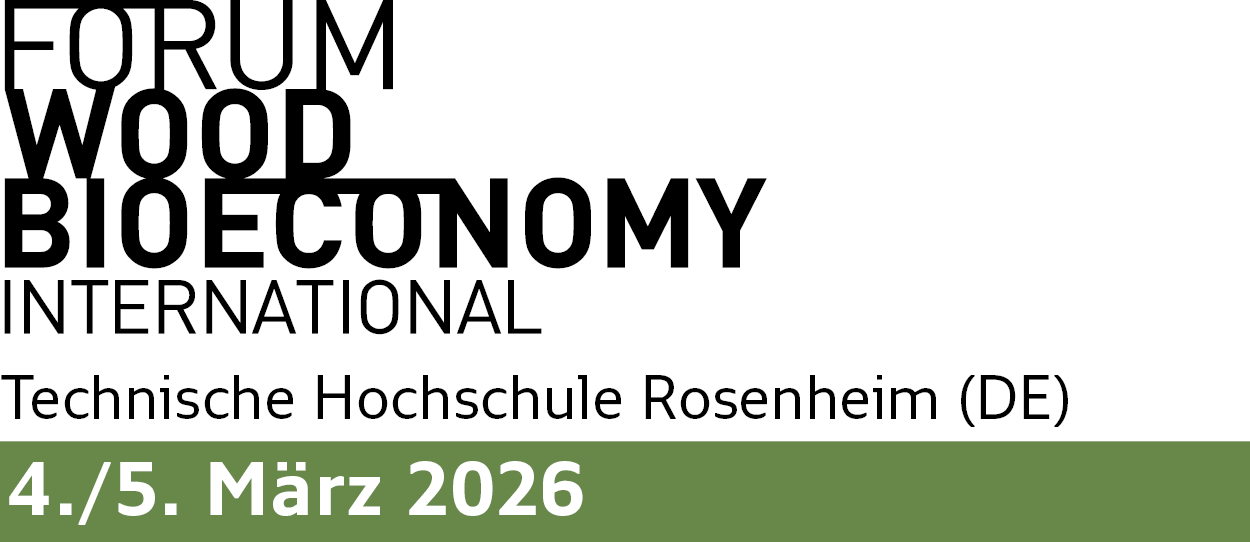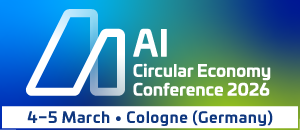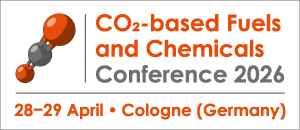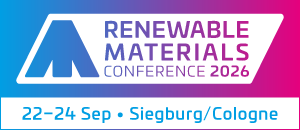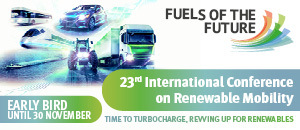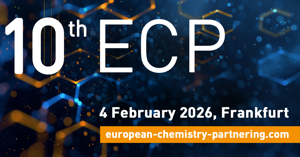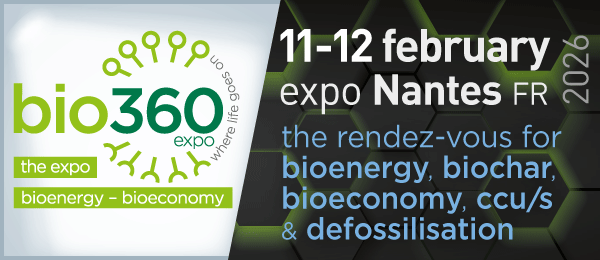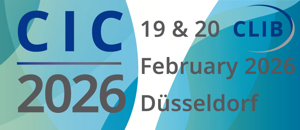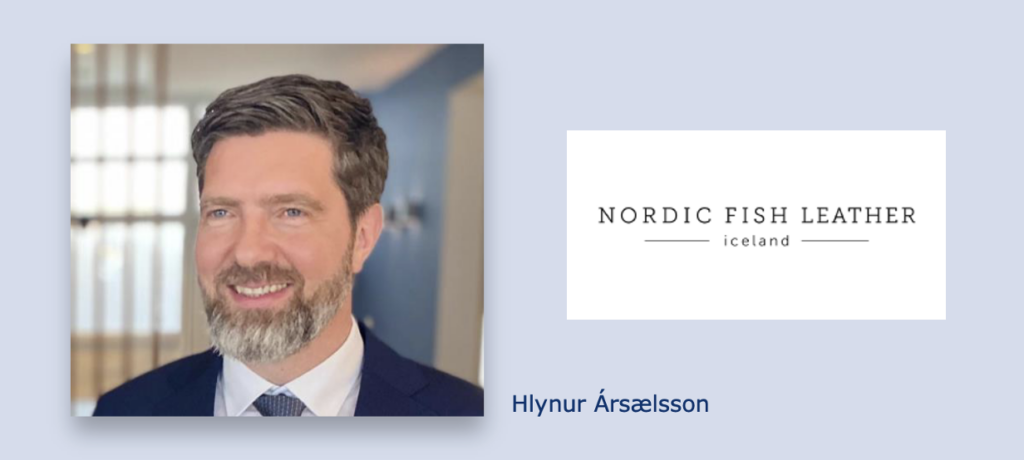
Nordic Fish Leather (NFL) is a producer of fish leather based in Iceland. In the EU-funded research project WaterProof, CO2 is captured from waste- and wastewater-treatment plants and electrochemically transformed into formic acid. NFL will test and implement this renewable chemical in its fish leather production process in order to assess the sustainability of CO₂-based formic acid.
Could you elaborate on the historic background of fish leather production in Iceland and explain the role of fish leather for waste valorisation?
The use of fish leather in Iceland stretches back many centuries and probably pre-dates the settlement of the country in the 9th century in the sense that the settlers probably knew how preserve and use fish skin in daily life before they moved across the ocean from Norway and the British Isles. Initially, fish leather, and particularly Wolffish leather was used to make shoes and smaller artifacts. In the 20th century new techniques were applied to the tanning of fish skin to make it more durable. What drove the initial use of fish leather was the need to make the most of the limited resources available in the high north. In the present-day abundance of alternative leather and leather imitations, the driving force is both the heritage and the realisation that it still makes sense to make use of what we have in the local environment even if it has the tendency of being regarded as waste.
The newest initiative in Iceland is a concept that has been named 100% fish and the logic is that it is possible to use any part of the fish to create value, even the bones and the intestines. Today, Nordic Fish Leather produces high quality leather from fish skins, mainly Salmon and Wolffish thus creating value from what is in most places regarded as waste.
What is WaterProof’s CO₂-based formic acid used for in fish leather production? Can this chemical also be used for other, more common leather types?
At Nordic Fish Leather we have started to test the use WaterProof’s CO₂-based formic acid in our fish leather production. Formic acid has a very important role in the tanning process itself and at later stage in the fixation of colours in the leather. Without formic acid it would be very challenging to produce high quality fish leather. In principle, formic acid can and is being used in the production of other types of leather as well.
Why do you aim for a renewable alternative to fossil formic acid, and what other measures does NFL take to make the production process more sustainable?
It is our mission to make our tanning process as sustainable as possible without compromising the high quality of the production. This is the reason why we are so exited to have the opportunity to use renewable formic acid in our production. The process starts with using “waste material” i.e., fish skin and then use only renewable energy to drive all equipment in the tannery. We use very clean water from a local well, that is warmed up with the same renewable energy. All chemicals used in the process are in in line with the European Union REACH standard.
What is special about fish leather compared to more common leather types? What are currently the main applications and where do you see huge potential for its implementation in the future?
What is special about fish leather is the fact that it is very thin and light weight, but at the same time very strong. In addition, it has a very distinctive pattern. This is especially true for salmon leather that does resemble exotic leather, like snake skins, but does not have the same negative connotation that often is associated with exotic leather. In this sense it has a huge potential for future implementation in various products and fashion items.

About WaterProof
This interview was conducted in frame of the EU-funded WaterProof project. The WaterProof project aims at developing an electrochemical process that converts CO₂ emission captured from consumer waste incineration and wastewater treatment facilities into formic acid to be used in valuable green consumer products such as cleaning detergents and the tanning of fish leather apparel. Additional products of the electrochemical process are peroxides that can be applied to remove pharmaceuticals and pesticides from wastewater. Furthermore, formic acid is used for the generation of acidic deep eutectic solvents (ADES), that can be applied to recover precious metals from wastewater sludge and incineration ashes. As the electrochemical process uses renewable energy, it contributes to a clean water cycle with zero-emission. WaterProof enables the closing of the waste(water) carbon loop and the shift from fossil to renewable carbon sources. It hereby supports the transition towards a climate-neutral Europe and an effective and truly circular economy.
Read more on the project here: https://waterproof-project.eu/

Funded by the European Union. Views and opinions expressed are however those of the author(s) only and do not necessarily reflect those of the European Union or European Health and Digital Executive Agency. Neither the European Union nor the granting authority can be held responsible for them.
Source
nova-Institute, Waterproof, original text, 2025-06-10.
Supplier
European Union
Nordic Fish Leather NFL (Iceland)
nova-Institut GmbH
Share
Renewable Carbon News – Daily Newsletter
Subscribe to our daily email newsletter – the world's leading newsletter on renewable materials and chemicals






